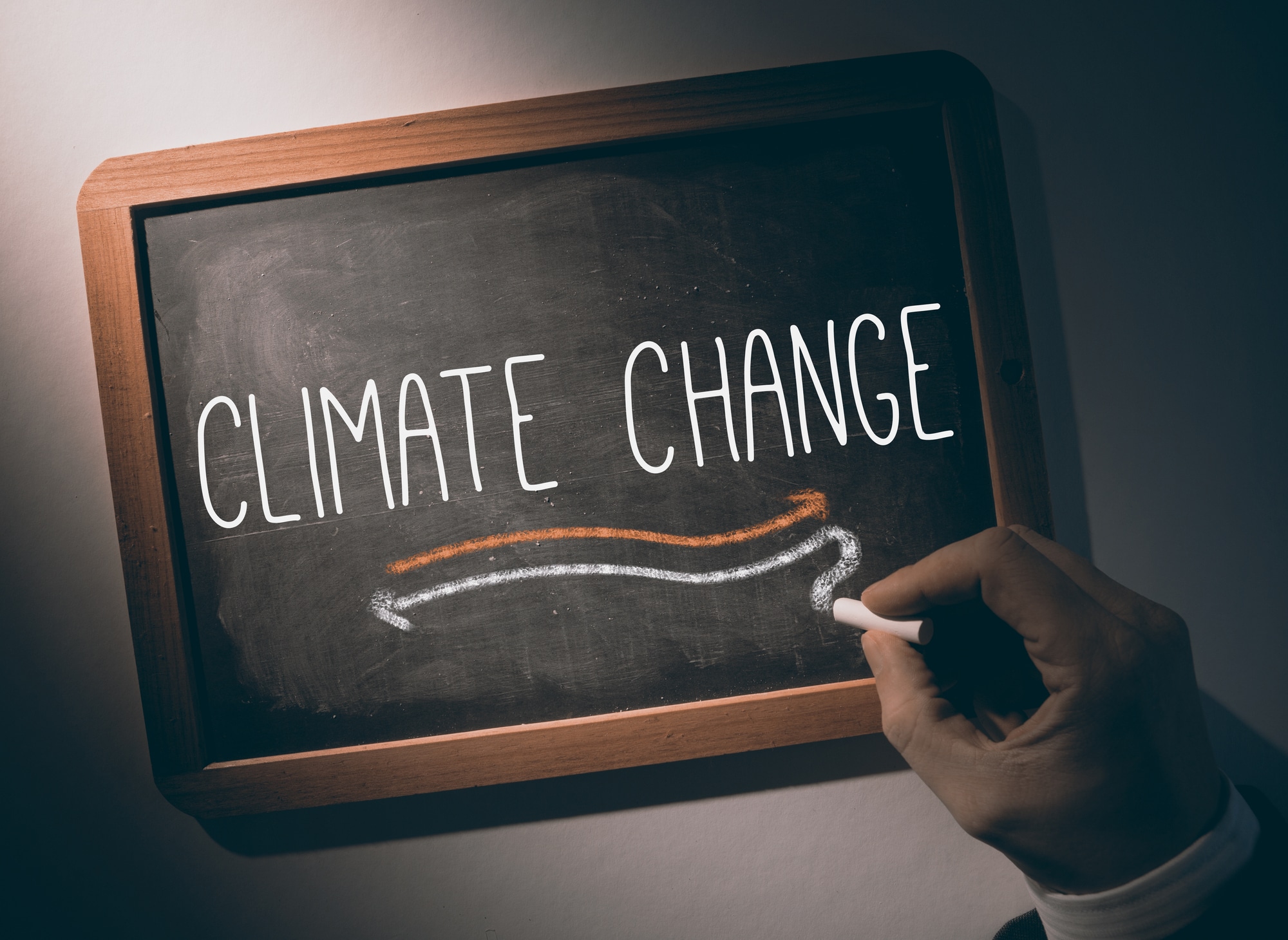As the world races against time to combat climate change, the term “energy transition” has become a buzzword in conversations surrounding sustainability and the future of our planet. But what is energy transition? In this comprehensive guide, we’ll explore the concept, its importance, and how it shapes our future.
What is Energy Transition?
Simply put, energy transition is the global shift from non-renewable, polluting energy sources like fossil fuels, to cleaner, more sustainable alternatives such as solar, wind, and hydro power. This transformation is crucial in addressing climate change, reducing our carbon footprint, and ensuring a greener future.
The Driving Forces Behind Energy Transition
There are several key factors propelling the transition towards sustainable energy sources:
- Climate Change: The need to mitigate the impacts of climate change has become a top priority for governments and individuals alike.
- Economic Factors: The decreasing costs of renewable energy sources make them a more attractive option for investors and consumers.
- Technological Advancements: Innovations in energy storage, like battery technologies and green hydrogen systems, are making renewable energy more efficient and accessible.
- Policy and Regulations: Governments are implementing policies and incentives to encourage the adoption of clean energy solutions.
The Challenges of Energy Transition
Despite the urgency and growing momentum behind this shift, there are still several challenges that must be overcome:
- Infrastructure and Grid Integration: Adapting existing energy infrastructure to accommodate new technologies and renewable sources can be a complex and costly process.
- Energy Storage: As renewable energy sources like solar and wind are intermittent, efficient energy storage is crucial for maintaining a reliable power supply.
- Public Acceptance: Convincing individuals, communities, and businesses to adopt clean energy solutions can be challenging, especially in areas heavily dependent on fossil fuels.
The Future of Energy Transition: Innovations and Opportunities
As we progress in our journey towards a sustainable energy future, emerging technologies and innovations offer promising solutions:
- Battery Storage: Advances in battery storage technology allow for more efficient and cost-effective energy storage, making renewables a more viable option for consumers.
- Smart Grids: The development of smart grids enables better integration of renewable energy sources, improved energy efficiency, and greater reliability.
- Electric Vehicles (EVs): The rise of electric vehicles, coupled with EV charging infrastructure, is helping to reduce greenhouse gas emissions and dependence on fossil fuels.
Embracing the Energy Transition
The energy transition is not just about shifting from one energy source to another; it’s about fundamentally changing the way we produce, consume, and think about energy. By embracing cleaner, more sustainable energy sources and adopting innovative technologies, we can ensure a brighter, greener future for generations to come.
The Role of Governments and Businesses in Energy Transition
Both governments and businesses play a vital role in accelerating the pace of energy transition:
Government Initiatives
Governments have the power to shape the trajectory of energy transition through:
- Policy and Regulation: Implementing policies that incentivize the adoption of renewable energy sources, while discouraging the use of fossil fuels.
- Investment: Allocating resources to fund research and development of clean energy technologies, as well as building the necessary infrastructure.
- Education and Outreach: Creating awareness campaigns to inform the public about the importance of energy transition and the benefits of adopting clean energy solutions.
Businesses and the Private Sector
Businesses can contribute to the energy transition by:
- Investing in Renewable Energy: Integrating renewable energy sources into their operations and investing in clean energy projects.
- Innovating and Developing New Technologies: Researching and developing innovative solutions to overcome the challenges faced in the energy transition.
- Promoting Sustainable Practices: Encouraging employees and customers to adopt sustainable practices and making environmentally-friendly choices.
The Path Forward
The energy transition is an ongoing process that will continue to evolve over the coming decades. By understanding what energy transition means and recognizing its importance, we can actively participate in shaping a more sustainable future. It’s up to each of us—governments, businesses, and individuals—to embrace clean energy, invest in innovative solutions, and work together to create a world powered by renewable, sustainable energy sources.
Community Involvement in Energy Transition
A successful energy transition also relies on the involvement and participation of local communities. Grassroots movements and individual actions can have a significant impact on the overall shift towards sustainable energy sources:
- Adopting Clean Energy Solutions: Individuals can install solar panels, use energy-efficient appliances, and explore other renewable energy options for their homes and businesses.
- Supporting Green Initiatives: By supporting and participating in local green initiatives, community members can encourage the adoption of sustainable practices in their neighborhoods.
- Advocating for Change: Raising awareness and advocating for clean energy policies at the local and national level can help accelerate the energy transition.
The Role of Education in Energy Transition
Education is a critical component of a successful energy transition. By fostering a deeper understanding of the importance of renewable energy and sustainable practices, we can empower future generations to make informed decisions and contribute to a greener world:
- Incorporating Sustainability into Curriculums: Schools and universities can integrate sustainability and renewable energy topics into their curriculums, ensuring students are well-versed in these critical issues.
- Promoting Environmental Awareness: Educators can encourage students to participate in environmental clubs, projects, and activities that promote awareness and understanding of sustainability issues.
- Fostering a Culture of Innovation: By nurturing curiosity and creativity, educational institutions can inspire students to develop innovative solutions to the challenges faced in the energy transition.
Economic Benefits of Energy Transition
Embracing the energy transition not only benefits the environment but also offers various economic advantages:
- Job Creation: The renewable energy sector has the potential to create new jobs in manufacturing, installation, and maintenance of clean energy technologies.
- Energy Independence: By reducing dependence on imported fossil fuels, countries can achieve greater energy security and reduce their vulnerability to price fluctuations.
- New Investment Opportunities: The growing demand for clean energy technologies and infrastructure creates new investment opportunities for businesses and individuals alike.
Conclusion
Unraveling the mystery of what is energy transition reveals a complex, multifaceted process that requires the collaboration of governments, businesses, communities, and individuals. By embracing renewable energy sources, investing in innovative solutions, and fostering a culture of sustainability, we can accelerate the transition to a cleaner, greener future. The journey may be challenging, but the rewards—a healthier planet, a more stable climate, and a thriving, sustainable global economy—are well worth the effort.
Frequently Asked Questions (FAQ)
Q: What is energy transition?
A: Energy transition is the global shift from non-renewable, polluting energy sources like fossil fuels, to cleaner, more sustainable alternatives such as solar, wind, and hydro power.
Q: Why is energy transition important?
A: Energy transition is crucial for mitigating the impacts of climate change, reducing our carbon footprint, and ensuring a sustainable and greener future for generations to come.
Q: What are the challenges of energy transition?
A: Some of the challenges include infrastructure and grid integration, efficient energy storage, and public acceptance of clean energy solutions.
Q: How can individuals contribute to the energy transition?
A: Individuals can contribute by adopting clean energy solutions in their homes and businesses, supporting green initiatives, advocating for clean energy policies, and educating themselves and others about the importance of renewable energy.
Q: What role do governments play in energy transition?
A: Governments play a critical role by implementing policies and regulations that promote the adoption of renewable energy, investing in research and development, and promoting education and outreach efforts.
Q: Are there economic benefits to the energy transition?
A: Yes, energy transition offers economic benefits such as job creation, energy independence, and new investment opportunities in the renewable energy sector.
Q: How can education support the energy transition?
A: Education supports energy transition by incorporating sustainability into curriculums, promoting environmental awareness, and fostering a culture of innovation among students.
Q: When did energy transition start?
A: The concept of energy transition has been around for centuries, as societies have shifted from one dominant energy source to another. However, the current focus on transitioning to sustainable, renewable energy sources began to gain momentum during the latter half of the 20th century, particularly after the oil crises of the 1970s and the growing concerns about climate change.
Q: Is the energy transition real?
A: Yes, the energy transition is a real and ongoing process. As the impacts of climate change become increasingly evident and the cost of renewable energy technologies decreases, more countries, businesses, and individuals are adopting clean energy solutions and moving away from fossil fuels.
Q: Do humans transform energy?
A: Humans do not inherently transform energy, but they can harness and convert various forms of energy through the use of technology. For example, solar panels convert sunlight into electricity, while wind turbines transform wind energy into electrical power.
Q: Why is energy transition difficult?
A: Energy transition is difficult due to various factors, including the complexity of adapting existing infrastructure, the need for efficient energy storage solutions, the challenge of convincing individuals and communities to adopt clean energy, and the economic and political interests tied to the fossil fuel industry.
Q: Can new energy be created?
A: According to the law of conservation of energy, energy cannot be created or destroyed, but it can be converted from one form to another. In the context of energy transition, the focus is on harnessing and converting renewable energy sources, such as sunlight, wind, and water, into usable forms of power like electricity.




